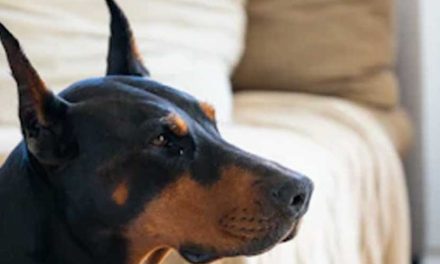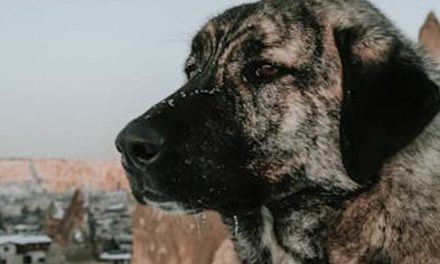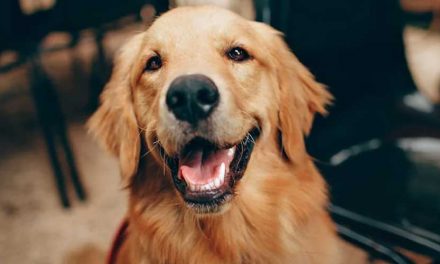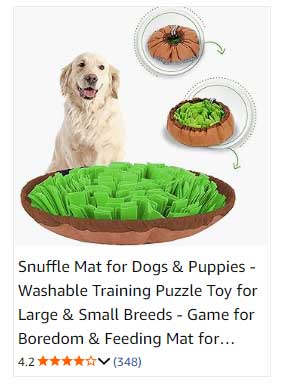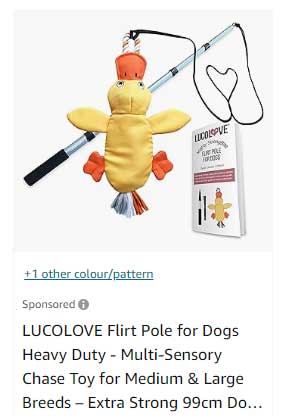The Norfolk Terrier, a charming and spirited small breed, is often overlooked in favor of larger or more popular breeds.
However, this little dog has a personality that belies its size, making it a wonderful companion for both individuals and families.
Here’s a closer look at the Norfolk Terrier, including its history, characteristics, temperament, and care requirements.
History
The Norfolk Terrier has its roots in the same lineage as the Norwich Terrier.
Originating in the early 20th century in England, these dogs were bred for their ability to hunt vermin and track prey in the countryside.
The primary distinction between the Norfolk and Norwich lies in their ears: Norfolks have drop ears while Norwich Terriers have prick ears.
In 1964, the Norfolk Terrier was officially recognized by the American Kennel Club, solidifying its place among the recognized purebreds.
Physical Characteristics
Norfolk Terriers are compact and sturdy dogs, typically weighing between 11 to 12 pounds and standing about 9 to 10 inches tall at the shoulder.
Their double coat consists of a wiry outer layer that offers protection against the elements and a softer undercoat for insulation.
Common colors include red, wheaten, black and tan, and grizzle, giving them a distinctive and rugged appearance.
Temperament
Norfolk Terriers are known for their friendly and affectionate nature.
They are outgoing, intelligent, and eager to please, making them trainable and responsive companions.
These dogs are playful and enjoy being part of family activities.
Their spirited demeanor often makes them a hit with children, although supervision is necessary due to their small size.
However, like all Terriers, Norfolks possess a strong prey drive and a tenacious spirit.
Early socialization and training are important to help them interact well with other pets and understand boundaries.
With a balance of training, playtime, and affection, Norfolk Terriers can thrive in various living situations.
Care Requirements
Caring for a Norfolk Terrier involves regular grooming, exercise, and veterinary care.
Their wiry coat requires brushing a few times a week to prevent mats and help remove loose hair.
Professional grooming is recommended every few months to maintain a healthy coat.
In terms of exercise, these small but energetic dogs need daily walks and playtime to stay healthy and happy.
Their playful nature makes them great companions for outdoor activities, but they can adapt to apartment living as long as they receive sufficient exercise.
Health-wise, Norfolk Terriers are generally hardy, but like all breeds, they can be prone to specific health issues, including patellar luxation and hip dysplasia.
Regular veterinary check-ups and a balanced diet will help ensure your Norfolk remains healthy throughout its life.
Conclusion
The Norfolk Terrier is a delightful companion that embodies energy, intelligence, and loyalty.
Whether you’re a seasoned dog owner or a first-timer, this breed can easily fit into various lifestyles.
With the right care, socialization, and training, a Norfolk Terrier can bring boundless joy and companionship to your life.
If you’re considering adding a small dog to your family, the Norfolk Terrier might just be the perfect match!



